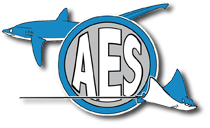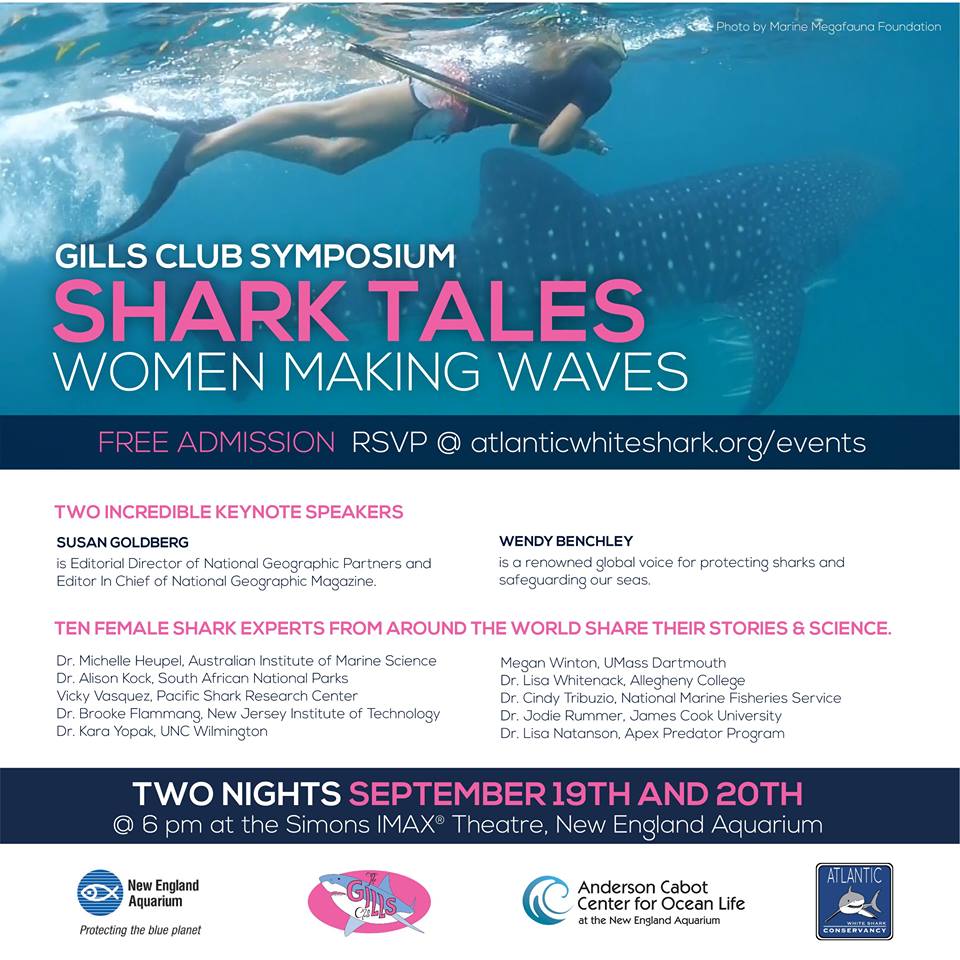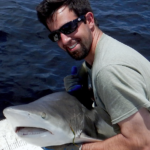Be sure to follow #SharkScienceMonday on twitter every Monday morning of 2018 (starting January 8th)! Each week, a team of researchers* will be discussing a different scientific paper related to shark and ray biology, behavior, ecology, or management.
Some papers will be new and cutting edge, while others will be classics. They’ll all have one thing in common: a member of the Dulvy lab thought that they had an interesting or important result that significantly contributed to our various areas of expertise. Whenever possible, we will share a link to an open access copy of the paper so everyone can read along.
After we summarize the key takeaways from each paper, we’ll take questions. We’ll also start a discussion about that specific paper and the discipline that it is a part of, including suggesting various experts you can follow on twitter.
We hope that you’ll follow along with us, and that you’ll learn some interesting and important things about elasmobranch research and management!



 Shark Week is fast approaching and with it the potential for misinformation (re Megalodon special 2013) as well as an excellent opportunity for public education and outreach. Furthermore, with 25% of all sharks and their relatives in danger of extinction due to over fishing,
Shark Week is fast approaching and with it the potential for misinformation (re Megalodon special 2013) as well as an excellent opportunity for public education and outreach. Furthermore, with 25% of all sharks and their relatives in danger of extinction due to over fishing, 